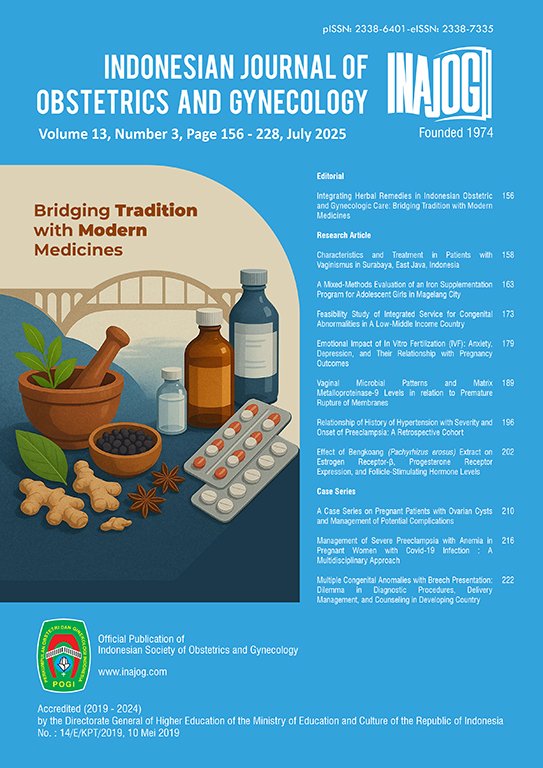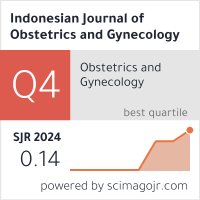Feasibility Study For Birth Defect’s and Congenital Abnormalities’s Integrated Service In A Low-Middle Income Country
Abstract
Background: Congenital abnormalities are anatomical and physiological abnormalities that are present in babies from birth. One of the main causes of high infant mortality and neonatal mortality in Indonesia is congenital abnormalities in babies. This study describes the prevalence of congenital abnormalities in Dr. Cipto Mangunkusumo Hospital, as a tertiary referral hospital in Indonesia, which requires integrated healthcare service to be treated well.
Methods: Data obtained from 323 patients at Dr. Cipto Mangunkusumo General Hospital are collected in a year, to be further analyzed in retrospective cohort study. Collected data includes the patients’ age, birth date, reproductive history, gestational age, and congenital abnormalities of the baby.
Results: The data shows that patients with the age group of 30-39 years old dominated the cases of pregnancy with congenital abnormalities. Cases are also more dominant in the gestational age of 13 – 28 weeks (second-trimester). Most cases of abnormalities are from the central nervous system with 159 cases and followed by cardiovascular system with 130 cases. Overall prevalence of congenital abnormalities are detected within patients during prenatal screening in Dr. Cipto Mangunkusumo General Hospital.
Conclusion: This study highlights the importance in managing congenital abnormalities and birth defects by developing an integrated service in the healthcare system to lower infant and neonatal mortality.
Keywords: birth defect, congenital abnormalities, prenatal screening
Downloads
Copyright (c) 2025 Indonesian Journal of Obstetrics and Gynecology

This work is licensed under a Creative Commons Attribution-NonCommercial-ShareAlike 4.0 International License.













